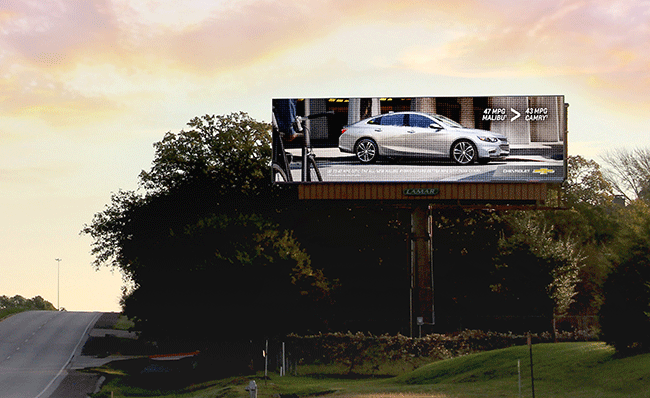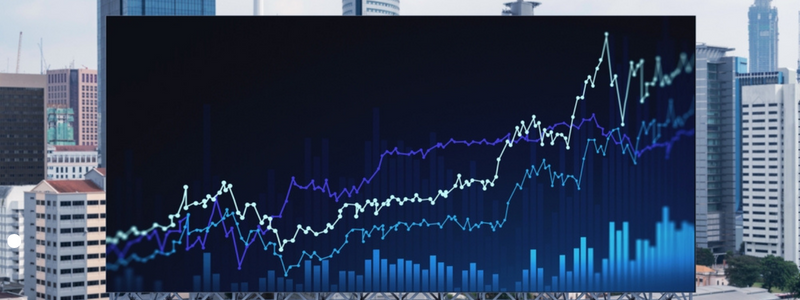
In today’s competitive advertising landscape, businesses are constantly seeking innovative ways to capture consumer attention. One of the most effective strategies emerging in recent years is the use of digital billboards combined with location-based data analysis. A recent study conducted by MIRA, the attribution arm of Reveal Mobile, on behalf of a local automotive dealership, shows just how powerful this approach can be.
The Campaign at a Glance
In November 2023, a local automotive dealership launched a 4-week campaign using 13 digital billboards across southeast Michigan and Lansing. Each location displayed a single advertisement, and the campaign reached full market penetration, generating over 16.9 million impressions during its run. The billboards were strategically placed to cover major dealerships, including their sectors of Chevrolet, Kia, Hyundai, and Ford, ensuring the ads reached the right audience.
To gauge the effectiveness of the campaign, MIRA used a combination of location intelligence and detailed measurement techniques. The study measured the exact time and location that the digital ads were shown, allowed for precise tracking of people who were exposed to the ads.
Key Insights from the Study
One of the standout aspects of this study is the method used to assess the campaign’s effectiveness. A test group of individuals exposed to the digital ads was compared to a control group that likely encountered other forms of the dealership’s advertising but did not pass by the billboards. This control group was carefully matched to the test group in terms of demographics and geography, ensuring an accurate comparison.
The data was analyzed across three phases: pre-campaign, during the campaign, and post-campaign. Notably, the post-campaign phase only included visits recorded within 14 days of the campaign’s end, providing a clear snapshot of how quickly the campaign impacted consumer behavior.
Impressive Results: 36% Increase in Dealership Visits
The study found that individuals exposed to the digital billboards were 36% more likely to visit a Feldman dealership than those who did not see the ads. Furthermore, in-store conversions from the billboard test group increased by .66%—a 27% increase compared to the control group, which actually experienced a 9% decrease in visits.
These findings highlight the unique power of digital OOH (Out-of-Home) advertising in driving tangible consumer action. By targeting the right audience with real-time ad delivery, the dealership was able to generate a significant lift in dealership visits, proving that digital billboards are a high-impact advertising tool.
Why This Matters for Advertisers
The success of the dealership’s campaign underscores the growing importance of location-based advertising. Digital billboards offer an unparalleled level of flexibility, allowing businesses to adjust their messaging in real-time and track the exact moment and location that their ads are viewed. This precision enables advertisers to measure the direct impact of their campaigns with a high degree of accuracy, making it easier to demonstrate ROI.
For industries like automotive sales, where in-store visits are critical, digital billboards offer a powerful way to convert interest into action. By combining location intelligence with compelling creative content, businesses can increase foot traffic and engage potential customers at key moments in their daily routines.
Conclusion
This local automotive dealership’s case study is a clear example of how leveraging digital billboards and precise location data can drive measurable results. With a 36% increase in dealership visits among those exposed to the ads, this campaign demonstrates the potential of digital OOH advertising to engage consumers and boost sales. As more businesses adopt this approach, the future of advertising will undoubtedly involve even greater integration of location-based insights and real-time measurement.
For advertisers looking to maximize their impact, digital billboards represent a dynamic and data-driven solution that can deliver significant results.


